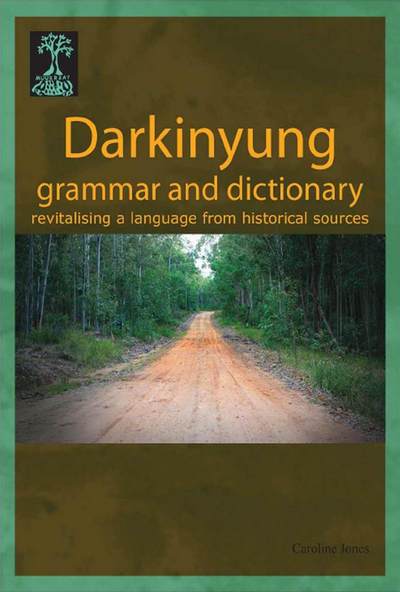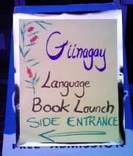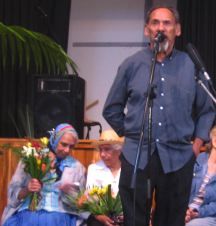How English acquired the word wombat is another story which began in early Sydney, after dingo (1788) and before boomerang (1820s). The way that the form and denotation of wombat came together for the colonists is notable for its convolutions, and for the record we have of some of the twists along the way.
The intriguing story of the European discovery of the common wombat Vombatus ursinus was assembled recently by museum specialists Pigott and Jessop, focussing on how “the Governor’s wombat” comes to be in Newcastle upon Tyne. There was a string of coincidences, with one sequence leading to general adoption of the word wombat for this marsupial. It spread also through the genus Vombatus (É. Geoffroy 1803) (with the synonym Wombatus (Desmarest 1804)) which was an early incorporation of an Australian word into a biological genus name — and through Family Vombatidae (Burnett 1829), up to Suborder Vombatiformes (Burnett 1830) and superfamily Vombatoidea (Archer 1984).
 Follow
Follow



